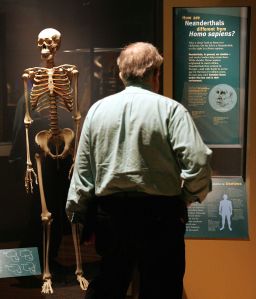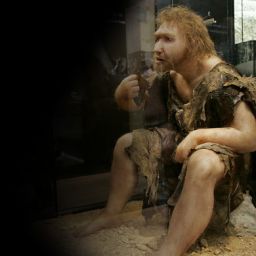Story highlights
Scientists in southern Italy have known about him since 1993
Researchers worried that rescuing the bones would shatter them
About 150,000 years ago – give or take 20,000 – a guy fell into a well. Last month he made science history.
The Altamura Man became the oldest Neanderthal to have his DNA extracted by researchers. It took them more than 20 years to get around to doing it.
Scientists in southern Italy have known about him since 1993, when spelunkers spied his skull staring blankly back at them from its nook in the Lamalunga cave, deep under the town of Altamura.
The cave explorers told researchers at the University of Bari what they’d found, according to their report published in March in the Journal of Human Evolution and Phys.org.

Great specimen with a hitch
Altamura Man’s intact skull and jumbled pile of bones made for a great specimen, but they were wedged into a panoply of stalactites and stony globules deposited by water dripping over them for tens of thousands of years.
Researchers decided not to rescue the bones for fear that trying to ease them out of the cave’s calcified grip would shatter them and ruin Altamura Man. So, they left him forever a cave man.
Calcite pebbles line the Neanderthal’s eye sockets, nose bone and an upper jaw like a hundred decorative piercings. Analysis of the calcite has shown the bones to be 128,000 to 187,000 years old.
Scientists believe Altamura Man wound up in the cave at least that long ago after falling into a prehistoric well, then died in the caverns at its bottom of thirst or hunger.

Hopes for DNA sequencing
Recently, researchers made an exception, and toted off a chip from his right shoulder blade to the lab. Metrics taken of his skeleton confirm Altamura Man was a Homo neanderthalensis.
He will spend perhaps endless eons glaring silently out of his cranny in the world’s most secluded spot, or, as Altamura’s archeological museum describes it, “in the corner of a small cavity situated between the ground and the back wall.”
The scientists hope they will be able to sequence his DNA, to find out more about the evolution of all hominids – including us.
And to hear some of Altamura Man’s story about life in Neanderthals’ early days in Europe, before he happened to stumble into that darned hole.




